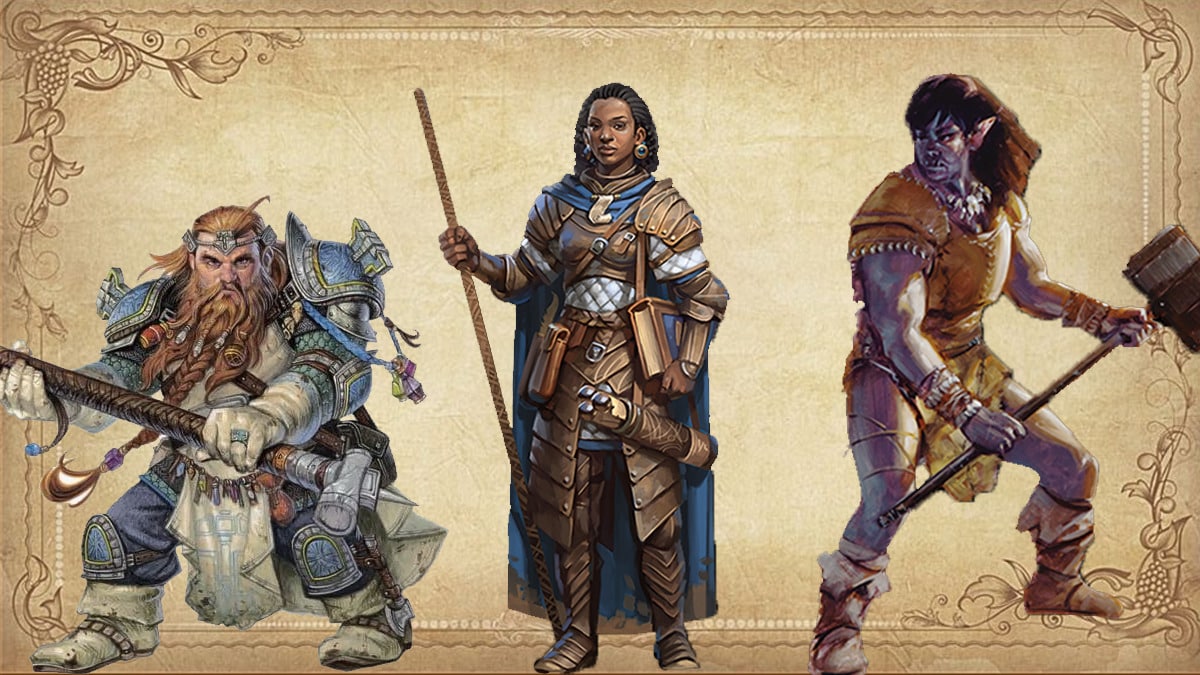

But there is already a huge variety of races to pick from and start your adventures with. How many Races are there in D&D 5e?Īs I said in the intro, the number of available races for Dungeons and Dragons characters keeps on increasing with every release. Languages in D&D are closely related to races too, and in general, every individual from a given race can communicate with their kin. Whether it is a better vision in darkness, higher strength, more cunning o simply the possibility to perform actions other races cannot. Races are also used to describe and differentiate certain traits that are distinct of that particular race. The main difference between a race and a type of beast is that usually a race has intelligence, the same way the human race has in real life. When it comes to Dungeons and Dragons, one can see a race as a way to describe certain species and beings specific of the multiverse we choose for our adventures.

The list of races is long, and getting longer with each new addition to the D&D books. For starters you have the human race, finally working as one, but then you also have most of the fantasy races you can think of: elves, orcs, dwarfs, halflings, dragonborn, tiefling. It is our intent to work within this license in good faith.The glorious multiverse of Dungeons and Dragons Fifth Edition is packed with a great variety of races. If you see any page that contains SRD material and does not show this license statement, please contact an admin so that this license statement can be added. To distinguish it, these items will have this notice. It is covered by the Open Game License v1.0a, rather than the Creative Commons Attribution Sharealike License. This is part of the Revised (v.3.5) System Reference Document.


 0 kommentar(er)
0 kommentar(er)
